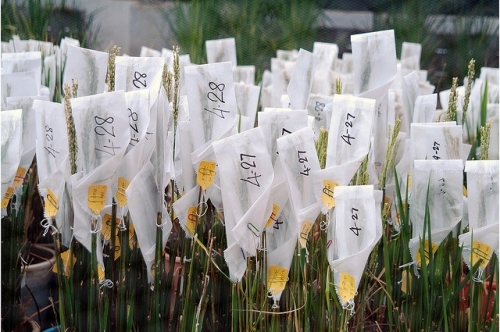Agricultural advances in the past 3 decades have made remarkable progress in providing affordable cereals to most of the poor in the developing world. As a result — and despite the continuing plight of 800 million desperately poor — we hear less these days about famine and severe calorie and protein deficiency in sub-Saharan Africa and South Asia, the two most vulnerable...
TRENDING Topics
















